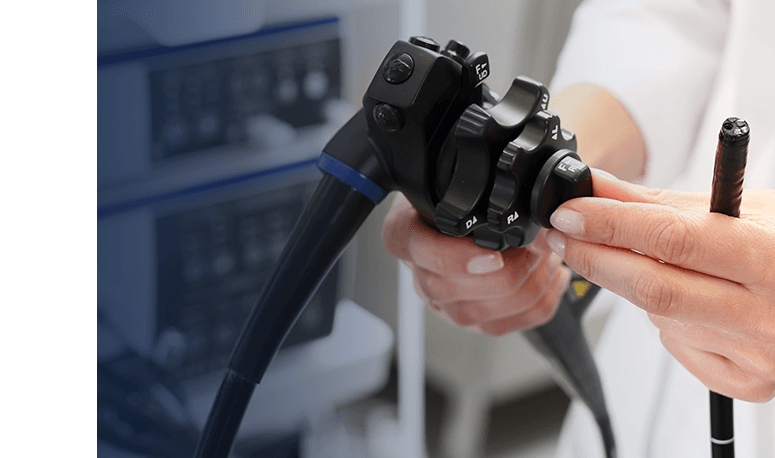Colonoscopy vs Gastroscopy:
What's the Difference?

Colonoscopy and gastroscopy are two types of endoscopic procedures that utilise a flexible tube with a camera to inspect different parts of the digestive system visually.
A colonoscopy examines the lower gastrointestinal tract, including the colon, to identify issues such as polyps, inflammation, or colorectal cancer. In contrast, a gastroscopy focuses on the upper digestive tract, including the oesophagus, stomach, and the beginning of the small intestine, to detect conditions like ulcers, gastritis, or tumours.
Colonoscopy and gastroscopy are two endoscopic procedures used to examine different gastrointestinal (GI) tract parts. Here's a summarised comparison between the two:
Areas Examined
Duration
Preparation
Recovery
Possible Risks and Complications
If you are experiencing unusual changes in bowel habits, rectal bleeding, or persistent abdominal pain, do not delay medical attention. Our colorectal surgeons at Colorectal Practice are skilled in colonoscopy and gastroscopy procedures to accurately diagnose and treat a range of conditions. Book a consultation today to discuss your concerns with us.